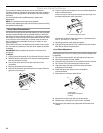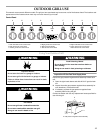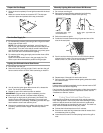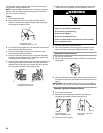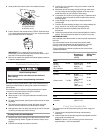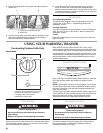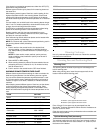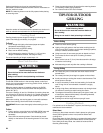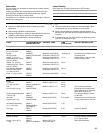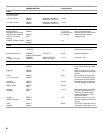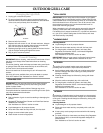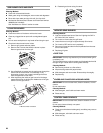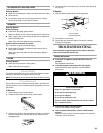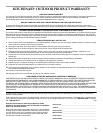Special offers from our partners!

Find Replacement BBQ Parts for 20,308 Models. Repair your BBQ today.
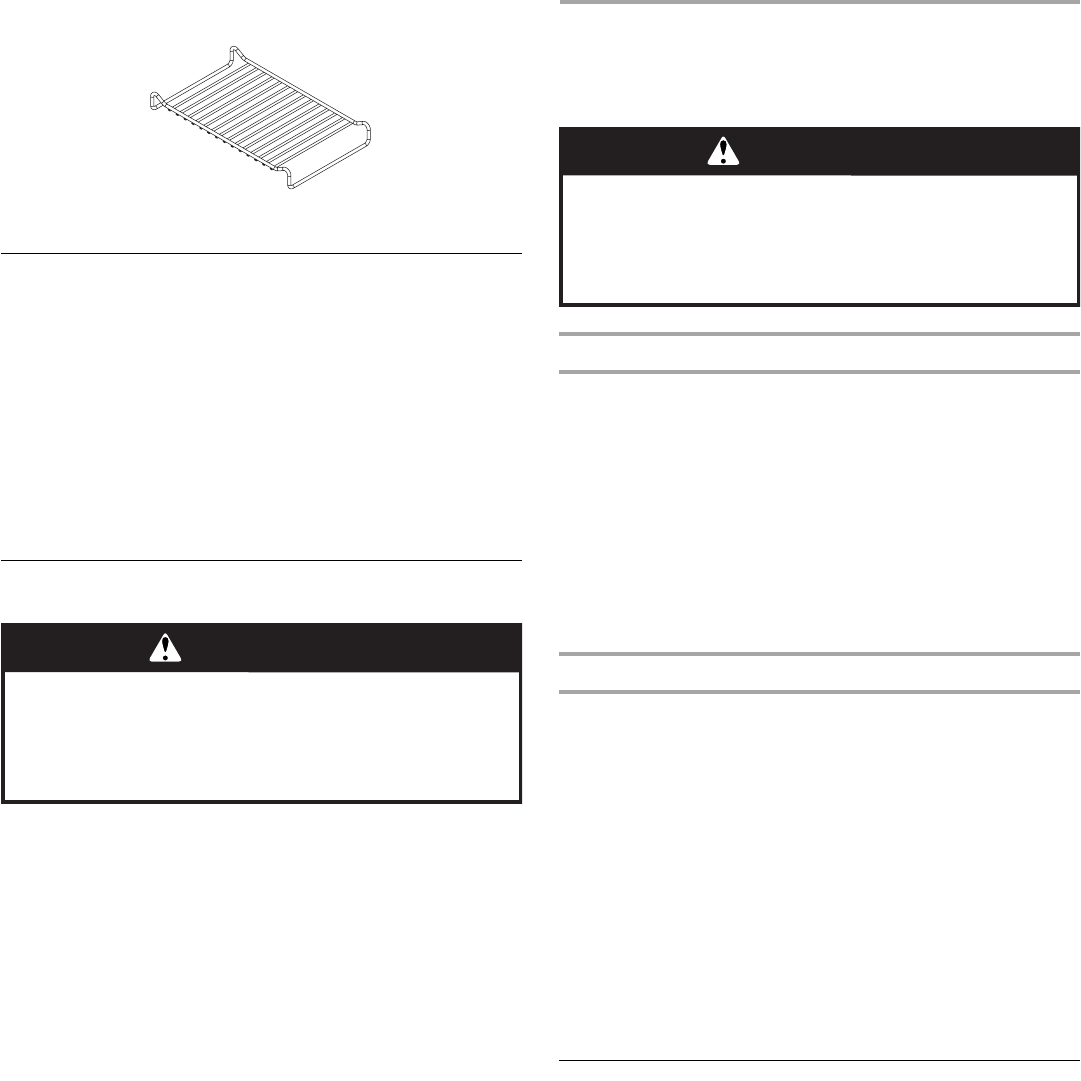
24
Optional positioning rack may be purchased from the
KitchenAid
®
Customer eXperience Center. See the “Assistance or
Service” section to order.
NOTE: The warming drawer must be fully opened when placing
or removing racks.
Keep the number of times the drawer is opened to a minimum in
order to maintain set temperature in the warming drawer.
Proofing Bread
Proofing bread prepares dough for baking by activating the
yeast. Check dough periodically for progress.
To Proof:
1. Cover dough with lightly oiled waxed paper and place
temperature safe bowl(s) on rack.
2. Set control knob to PROOF setting.
3. Place vent on MOIST setting.
4. Verify doneness by pressing 2 fingers ¹⁄₂" (1.27 cm) into
dough. If indentation remains, the dough is ready.
For second proofing of dough, repeat steps 1-4.
Slow Cook Function
The SLOW COOK function in the warming drawer cooks food
slowly at a low temperature over a long period of time, similar to
a countertop slow cooker.
When the warming drawer is installed outdoors, the SLOW
COOK function should not be used when the temperature is
below 32°F (0°C).
There are 2 settings, Hi and Lo. Guidelines for cooking times are
4 to 5 hours for Hi and 8 to 10 hours for Lo. Smaller quantities of
food may require less time, while larger quantities may require
more time.
When slow cooking, use serving pans or oven-safe cookware.
Before slow cooking, thaw frozen foods completely.
IMPORTANT: Brown roasts thoroughly before starting to slow
cook.
To Use:
1. Push in and turn control knob to the SLOW COOK zone and
set the desired temperature, LO or HI. Preheating is not
necessary.
2. Place food into warming drawer. Food should be placed
directly on the bottom of the warming drawer. Do not use a
rack.
3. Close the warming drawer. Be sure that the warming drawer
is completely closed during operation.
4. Turn control knob to OFF when finished.
TIPS FOR OUTDOOR
GRILLING
Before Grilling
■ Thaw food items before grilling.
■ Lightly oil the grill grates or the food when cooking low-fat
cuts of meat, fish or poultry, such as lean hamburger patties,
shrimp or skinless chicken breasts.
■ Using too much oil can cause gray ash to deposit on food.
■ Trim excess fat from meats prior to cooking to reduce
flare-ups.
■ Make vertical cuts at 2" (5 cm) intervals around the fat edge
of meat to avoid curling.
■ Add seasoning or salt only after the cooking is finished.
During Grilling
■ Turn foods only once. Juices are lost when meat is turned
several times.
■ Turn meat just when juices begin to appear on the surface.
■ Avoid puncturing or cutting the meats to test doneness. This
allows juices to escape.
■ It may be necessary to lower the heat setting for foods that
cook a long time or are marinated or basted in a sugary
sauce.
■ If using a high flame, add barbecue sauce only during the last
10 minutes of cooking to avoid burning the sauce.
■ The degree of doneness is influenced by the type of meat, cut
of meat (size, shape and thickness), heat setting selected,
and length of time on the grill.
■ Cooking time will be longer with an open grill cover.
Cooking Methods
For optimal use of the SureSear™ system, the following cooking
methods are recommended.
Direct Heat
Cooking by direct heat means the food is placed on grill grates
directly above lighted burners. Hood position affects total
cooking time.
Direct heat sears the food. Searing is a process that seals natural
juices in food by cooking with intense heat for a short period of
time. While juices stay inside, the outside is browned with a
flavorful grilled coating.
WARNING
Food Poisoning Hazard
Do not let food sit for more than one hour before or
after cooking.
Doing so can result in food poisoning or sickness.
WARNING
Food Poisoning Hazard
Do not let food sit for more than one hour before or
after cooking.
Doing so can result in food poisoning or sickness.



